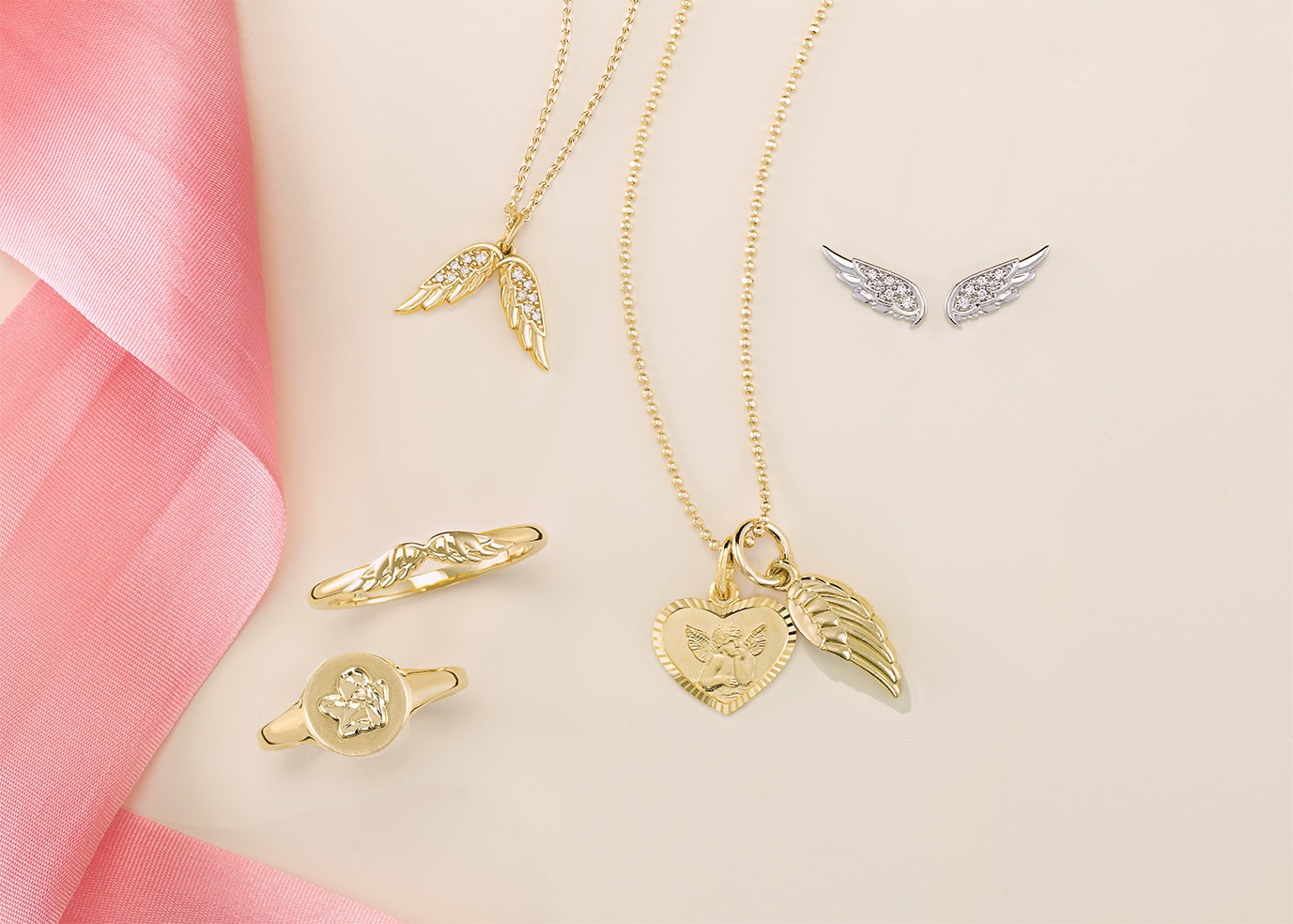The marigold stands as a captivating emblem of annual beauty in the realm of vibrant blooms. As a yearly flower, its journey from seed to radiant blossom unfolds within a single growing season, leaving an indelible mark on gardens and traditions worldwide. Join us in exploring the marigold’s enchanting profile as we delve into its diverse varieties, cultural significance, and the artistry it brings to gardens each year.
Table of contents
What is Marigold
Marigold, scientifically known as Tagetes, is a genus of flowering plants prized for its dazzling hues and distinctive fragrance. Belonging to the Asteraceae family, this annual flower boasts various colors, including vibrant yellows and oranges.
With its feathery leaves and robust nature, the marigold is a popular garden choice, serving ornamental, medicinal, and cultural purposes. Its diverse species and widespread cultivation make the marigold a fascinating subject of botanical exploration.
What Are The Different Varieties of Marigold
Marigolds (Tagetes spp.) encompasses a diverse array of varieties, each distinguished by unique characteristics that contribute to the overall allure of this beloved annual flower. Here’s a closer look at some prominent marigold types, highlighting differences in color, size, and growth habits.
#1. African Marigolds (Tagetes erecta):
● Color Palette: African marigolds are renowned for their large, robust blooms, typically in vibrant yellow and orange shades. The color intensity is a hallmark feature, making them striking additions to gardens and landscapes.
● Size: These marigolds are known for their impressive height, often reaching 2 to 3 feet. Their substantial stature adds a bold and dramatic element to floral arrangements and garden beds.
#2. French Marigolds (Tagetes patula):
● Color Palette: French marigolds offer a broader spectrum of colors, including shades of red, orange, and yellow. The blooms are smaller compared to African marigolds but are equally vibrant.
● Size: Generally more compact, French marigolds are ideal for edging, containers, or companion plants. They typically grow to heights between 6 inches and 1 foot.
#3. Signet Marigolds (Tagetes tenuifolia):
● Color Palette: Signet marigolds are known for their finely divided, aromatic foliage and small, dainty flowers. Colors range from yellow and orange to red.
● Size: These marigolds tend to be more compact, making them suitable for borders and hanging baskets. They usually grow to a height of 6 to 12 inches.
#4. Triploid Marigolds:
● Color Palette: Triploid marigolds are often a result of hybridization between African and French marigolds, combining the size of the former with the color variety of the latter.
● Size: Falling between the heights of African and French marigolds, triploids offer a balanced option for those seeking a mid-sized marigold variety.
#5. Inca Marigolds (Tagetes minuta):
● Color Palette: Inca marigolds have unique, lacy foliage and small yellow flowers. They are often grown for their aromatic qualities rather than showy blooms.
● Size: With a height range of 3 to 6 feet, Inca marigolds are the tallest among the marigold varieties, making them suitable for background planting.
What is The Cultural Significance of Marigold
#1. Mexican Day of the Dead (Día de los Muertos):
In Mexican culture, marigolds, specifically Tagetes erecta, play a central role in celebrating Día de los Muertos, the Day of the Dead. Families adorn altars and graves with marigold petals to guide the spirits of their departed loved ones back to the world of the living. The bright orange and yellow hues are believed to represent the sun, leading the way for the souls.
#2. Hindu Festivals, Particularly Diwali:
Marigolds hold immense significance in Hindu culture, particularly during the festival of Diwali, the Festival of Lights. Homes and temples are adorned with marigold garlands to welcome prosperity and ward off negativity. The flower is associated with the goddess Lakshmi, who is revered for wealth and well-being.
#3. African and South American Traditions:
Marigolds are linked to rituals and ceremonies in various African and South American cultures. The flowers are often used in spiritual practices and are believed to have protective qualities. Marigold garlands or arrangements are frequently incorporated into festivities and traditions.
#4. Symbolism in European Culture:
Marigolds have historical associations with the Virgin Mary in parts of Europe and were often called “Mary’s Gold.” The flowers were used in religious ceremonies and festivals to symbolize purity and protection.
#5. Herbal and Medicinal Significance:
Beyond their ornamental use, marigolds have been valued for their medicinal properties in various cultures. In traditional medicine, marigold extracts are believed to possess anti-inflammatory and antiseptic qualities, contributing to their use in healing practices.
How to Care For Marigolds
Caring for marigolds involves a thoughtful approach to ensure these vibrant flowers thrive and grace your garden with their dazzling presence. Consider the following key aspects:
#1. Sunlight Requirements
Marigolds are sun-loving plants that flourish in full sunlight. Ensure they receive at least 6 hours of direct sunlight daily for optimal growth and prolific blooming.
#2. Soil Preparation
Well-draining soil is crucial for marigolds. They prefer moderately fertile soil with good drainage. Amending the soil with organic matter before planting enhances its structure and provides essential nutrients.
#3. Watering Practices
While marigolds are relatively drought-tolerant, consistent watering is essential, especially during dry periods—water at the base of the plants to keep the foliage dry and prevent fungal issues. Allow the soil to dry between watering sessions.
#4. Deadheading Spent Blooms
Regular deadheading, the removal of spent flowers, encourages continuous blooming. This simple practice redirects the plant’s energy towards producing new blossoms rather than seed development.
#5. Fertilization
Marigolds generally do well with minimal fertilization. However, incorporating a balanced, water-soluble fertilizer into the soil during planting and occasionally throughout the growing season can enhance plant health and flower production.
#6. Companion Planting
Marigolds are known for their pest-repelling properties. Planting them near vegetables or susceptible ornamental plants can help deter nematodes and other harmful insects.
#7. Container Gardening
For those with limited space, marigolds adapt well to container gardening. Choose well-draining containers and use a quality potting mix. This allows flexibility in relocating the plants to maximize sunlight exposure.
#8. Disease Management
While marigolds are relatively resistant to diseases, keeping an eye out for signs of pests or diseases is essential. Early detection enables prompt intervention, whether through natural remedies or, if necessary, targeted pesticides.
Frequently Asked Questions
Marigolds are annual plants, completing their life cycle within a single growing season
Deadhead marigolds by pinching off faded blooms; this encourages continuous flowering by redirecting energy from seed production.
Marigolds thrive in full sunlight and require at least 6 hours of direct sunlight daily for optimal growth.
Yes, marigolds adapt well to container gardening, provided the containers have proper drainage and a suitable potting mix.
Yes, marigolds are known for their pest-repelling qualities and are often used as companion plants to deter harmful insects, particularly nematodes.
Conclusion
The marigold emerges as a stunning annual flower and a symbol deeply intertwined with cultural traditions, gardening practices, and even medicinal applications. Its diverse varieties and adaptability make it a versatile and cherished addition to gardens worldwide, contributing bursts of color and a touch of symbolism to landscapes and celebrations alike. Whether appreciated for its aesthetic charm or valued for its cultural significance, the marigold stands resilient, embodying the beauty that blooms anew with each passing season.
References
● britannica.com: Marigold.
● dictionary.com: Marigold Description.





